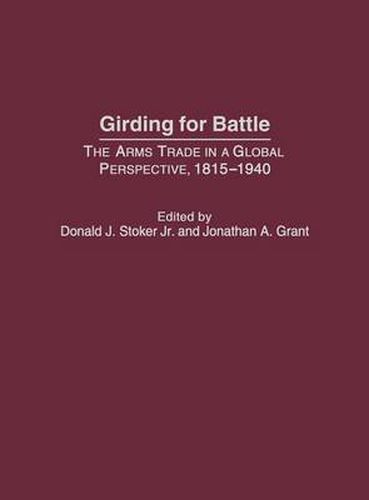Readings Newsletter
Become a Readings Member to make your shopping experience even easier.
Sign in or sign up for free!
You’re not far away from qualifying for FREE standard shipping within Australia
You’ve qualified for FREE standard shipping within Australia
The cart is loading…






This volume comprises a broad collection of articles that examines aspects of the global trade in armaments from 1815 to 1940. Its collective thrust analyses the connections between diplomacy, the domestic politics of procurement, private business, and military technology transfers in Asia, Europe, and Africa and the Americas. The Stoker-Grant collection disentangles the threads of diplomatic, domestic, political and economic factors in explaining specific outcomes for each country. The research and conclusions are empirically grounded in the archival evidence from the state and company records of the participants. Moreover, it advances academic and popular understaningd of the arms trade in a number of significant ways. First, it elucidates the existing discussions of the arms race leading up to World War I by providing a longer-term context. In considering nearly a century and a half of case studies rather than a single decade, this work allows for a non-polemical apprisal of the linkages between armaments and the outbreak of wars.
$9.00 standard shipping within Australia
FREE standard shipping within Australia for orders over $100.00
Express & International shipping calculated at checkout
This volume comprises a broad collection of articles that examines aspects of the global trade in armaments from 1815 to 1940. Its collective thrust analyses the connections between diplomacy, the domestic politics of procurement, private business, and military technology transfers in Asia, Europe, and Africa and the Americas. The Stoker-Grant collection disentangles the threads of diplomatic, domestic, political and economic factors in explaining specific outcomes for each country. The research and conclusions are empirically grounded in the archival evidence from the state and company records of the participants. Moreover, it advances academic and popular understaningd of the arms trade in a number of significant ways. First, it elucidates the existing discussions of the arms race leading up to World War I by providing a longer-term context. In considering nearly a century and a half of case studies rather than a single decade, this work allows for a non-polemical apprisal of the linkages between armaments and the outbreak of wars.